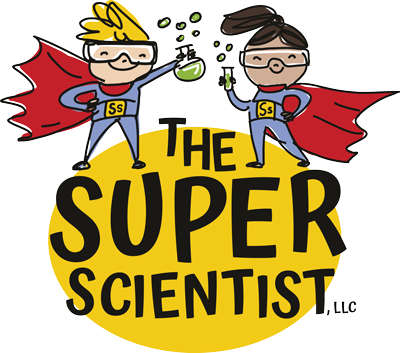10 Kitchen Science Experiments
Notice: Trying to access array offset on value of type bool in /www/wp-content/themes/betheme/functions/theme-functions.php on line 1489
Notice: Trying to access array offset on value of type bool in /www/wp-content/themes/betheme/functions/theme-functions.php on line 1494
The Power of Choice for Children
October 23, 2020Always Put Family First
December 3, 2020
Notice: Trying to access array offset on value of type bool in /www/wp-content/themes/betheme/functions/theme-functions.php on line 1489
Notice: Trying to access array offset on value of type bool in /www/wp-content/themes/betheme/functions/theme-functions.php on line 1494
STEM education doesn’t stop when the kids come home. There are so many ways you can incorporate scientific learning into your at-home routine. As busy moms and dads, however, you need ways that are simple and can be thrown together with supplies you already have around the house. If you want to bring easy, fun, and affordable ways to teach your kids about science at home, try one of these top 10 kitchen science experiments:
- Homemade Ice Cream – use ice, salt, and a pair of plastic bags to make a delicious summer treat while also teaching your little Super Scientist about how salt affects the freezing point of ice.
- Square Hard-Boiled Egg – placing a freshly peeled hard-boiled egg into a tightly sealed box will result in a square-shaped egg upon cooling. This can help illustrate concepts of molecular chemistry and protein bonds.
- Cornstarch Slime – a bit of cornstarch, water, and food coloring makes a scientific classic. Showing the change between liquid and solid states of matter via pressure is sure to throw your little chemist for a loop.
- Goldilocks’ Bears – using gummy bears, water, salt, and sugar we can make the famous three bears. Task your little one with guessing which of three (water, sugar water, or salt water) will produce the big, little, and just right sized bear.
- Dancing Rice – a less-messy version of the classic science fair volcano. Water, baking soda, and vinegar provide all of the lift. Tossing in a few rice grains will provide all the shimmy and shake a little scientist could handle.
- Liquid Layers – viscosity is always a fun and easy concept to show in the kitchen. A bit of food coloring and a variety of household liquids will help display these facts. Have your child try and guess what the final color striping will be before you pour.
- Invisible Ink – a sheet of white paper, a bit of lemon juice, and a bit of heat are all you need. Writing secret messages like a super scientific spy caught behind enemy lines. Plus, you can use the rest of the juice to make lemonade…yum!
- Magnetic Spoon – a pinch of salt, a touch of pepper, a plastic spoon, and a dishcloth is all you need. Mix the two spices together, rub the spoon on the cloth and hold the bottom of the spoon over the pile. Sure seems like the spoon likes the pepper!
- pH Power – Using the boiled juices of a red cabbage can show a child the differences in pH. Freezing the purple liquid and subsequently dropping a cube into a trio of glasses (one of water, one of baking soda, and one of vinegar) will illustrate this in color.
- Primary Colors – six jars, food coloring, water, and paper towels are all you need to make the magic happen. Connecting each jar with a piece of the towel and then placing yellow, red, and blue coloring in three of the jars. The color will walk up the towel and meet in the other jars and change that water’s color.
